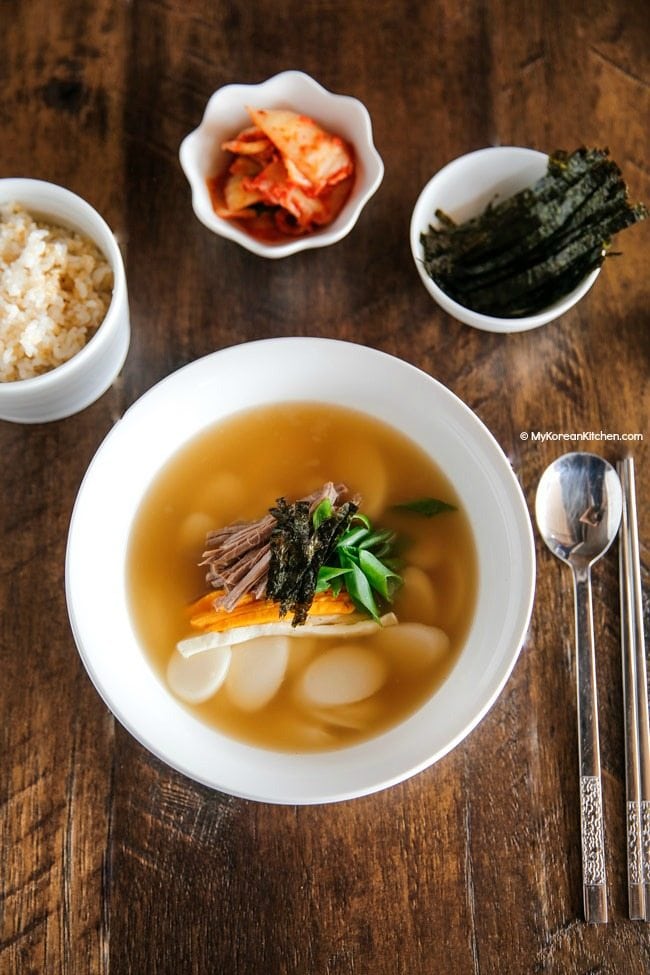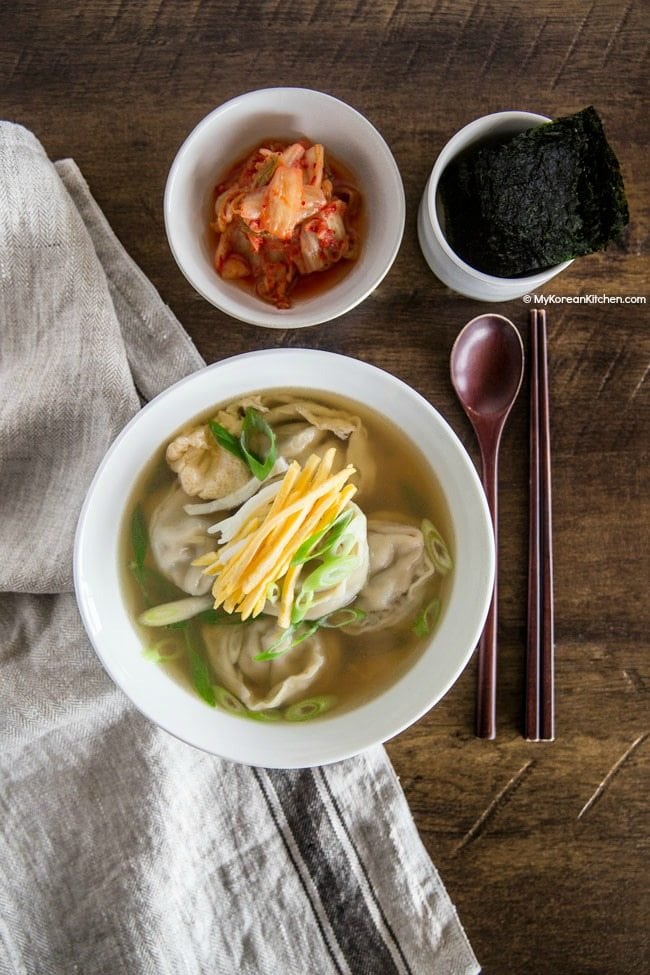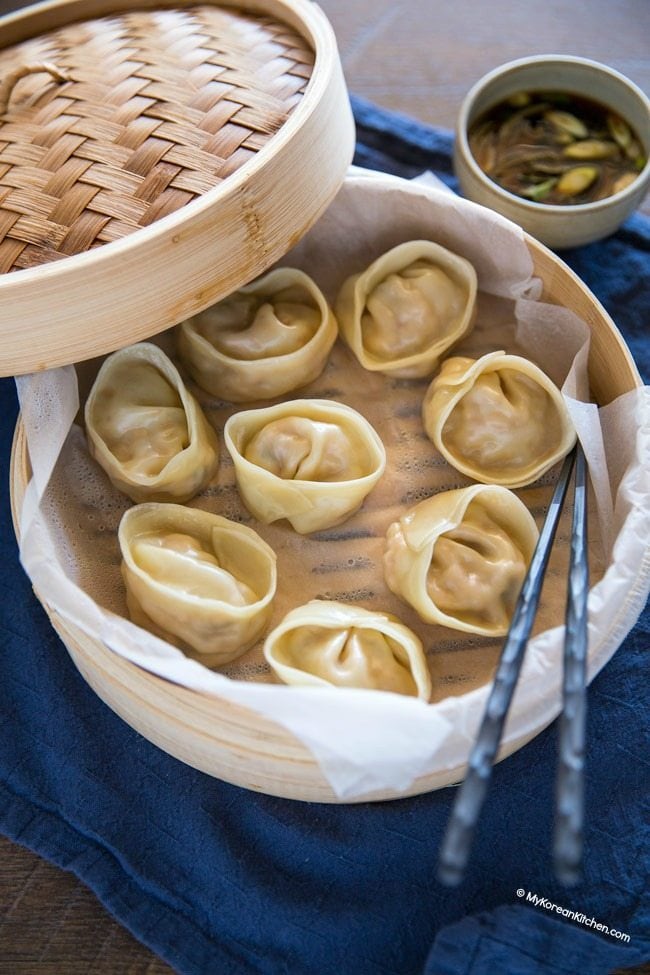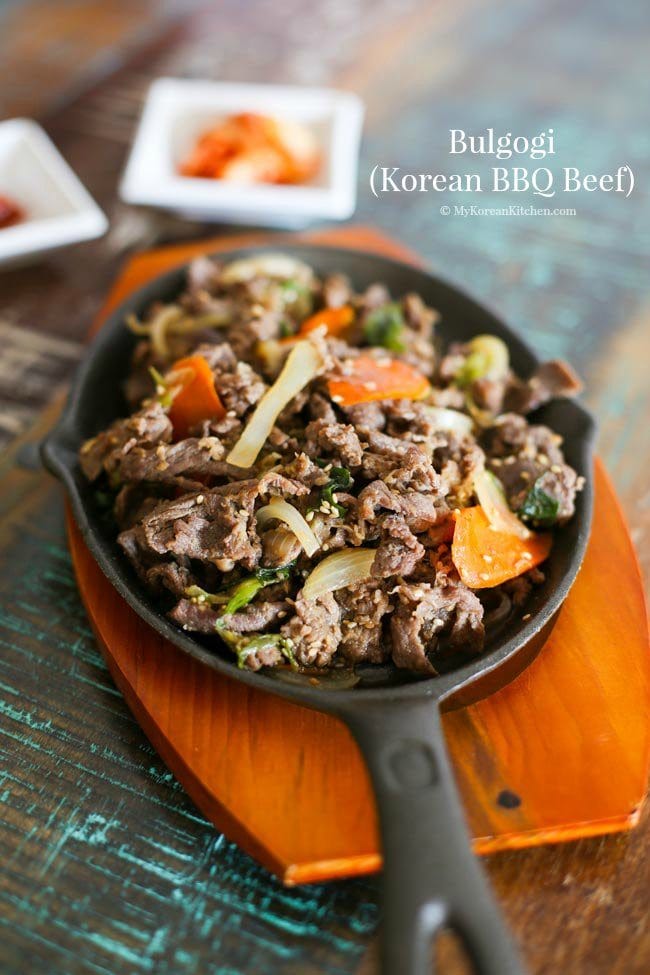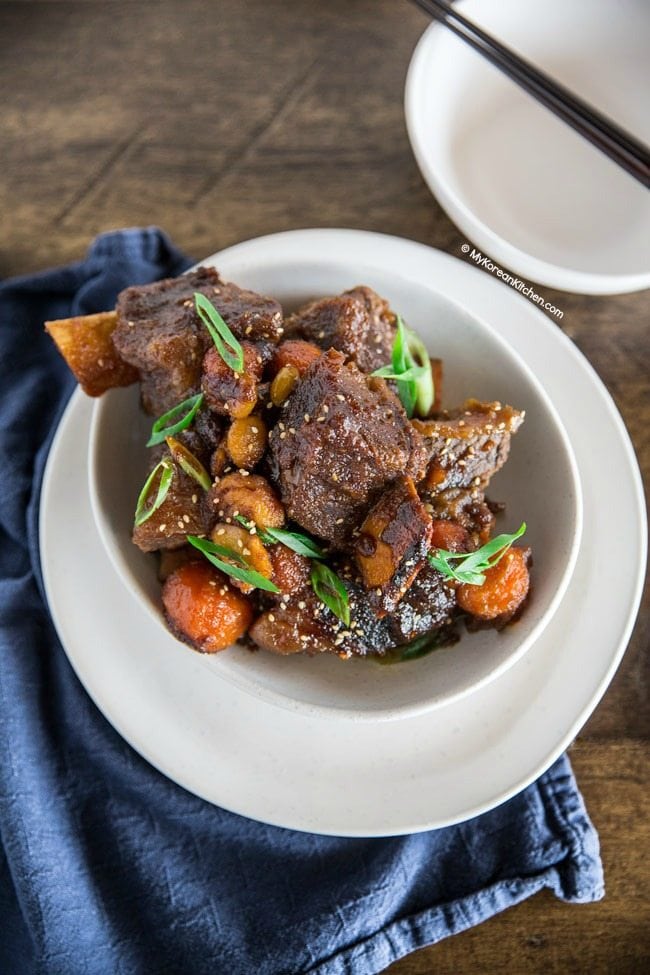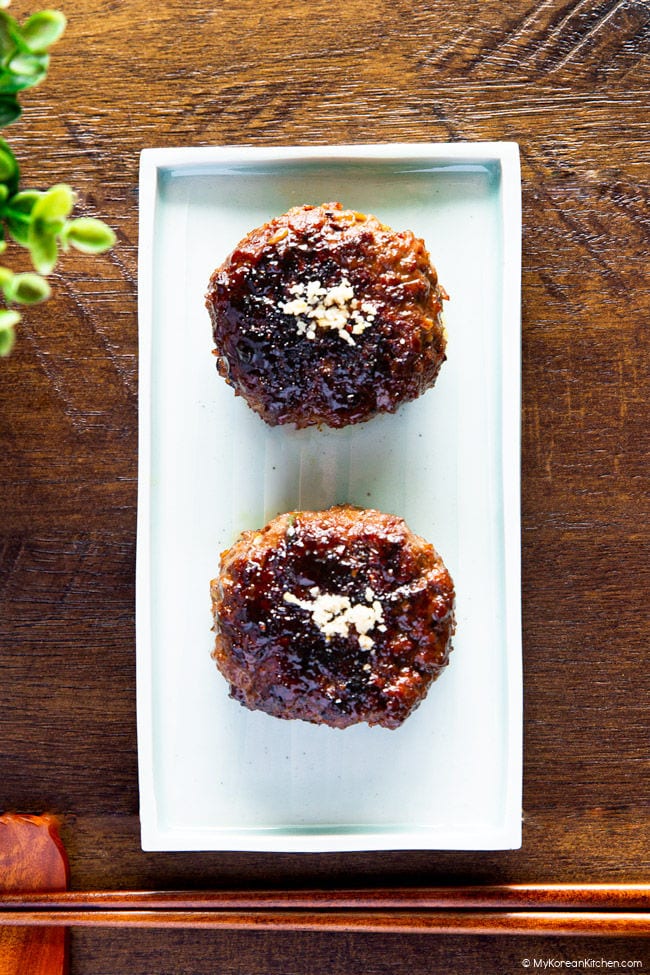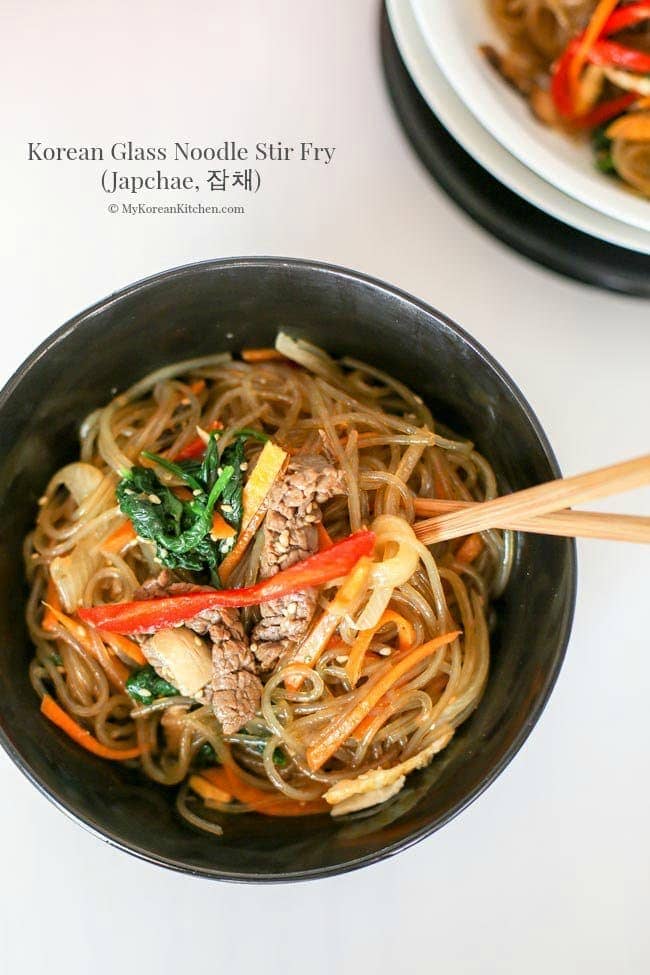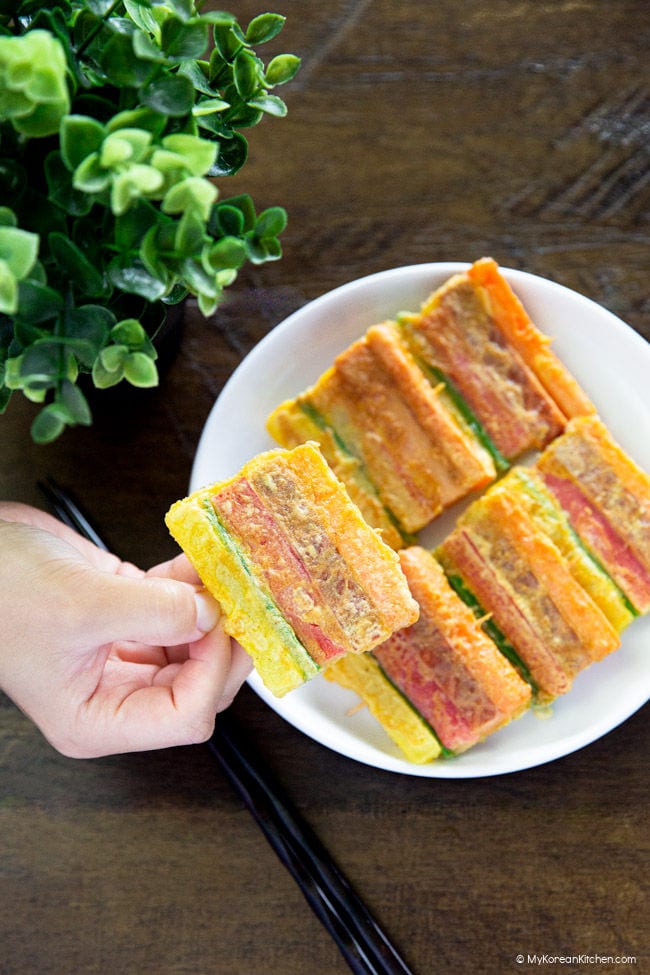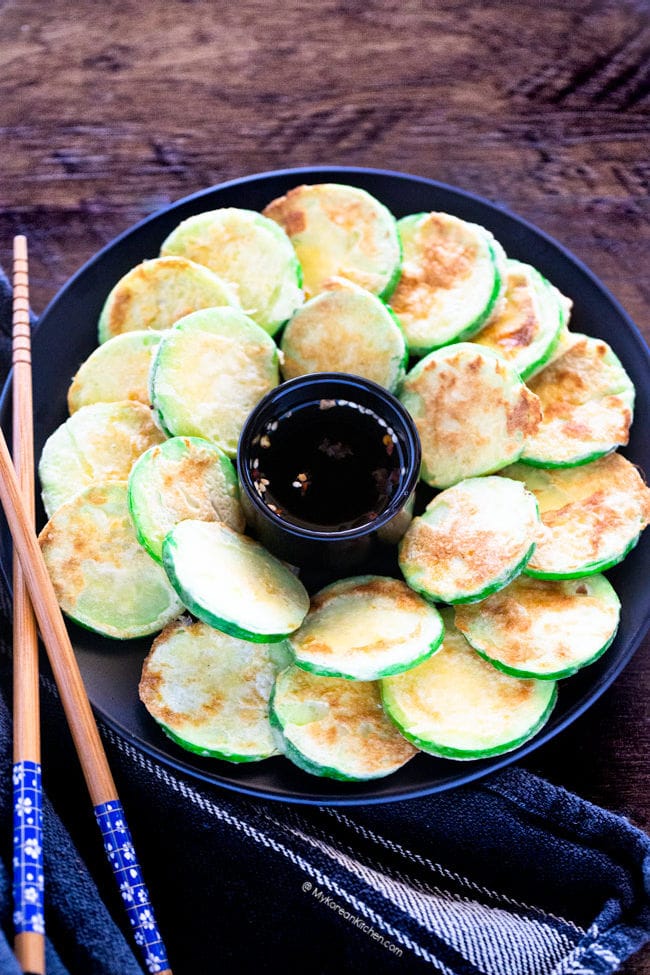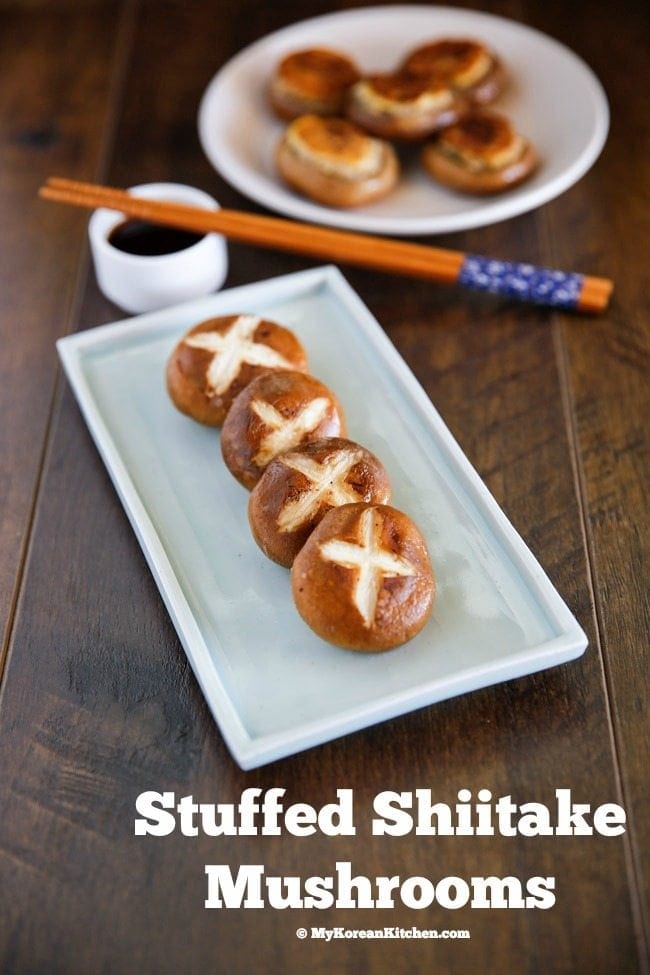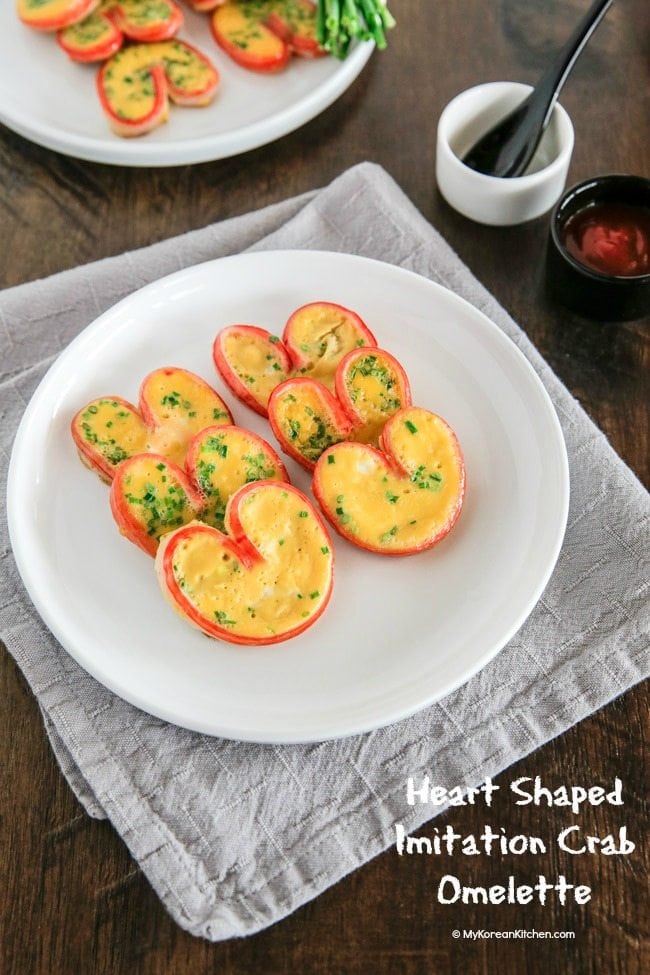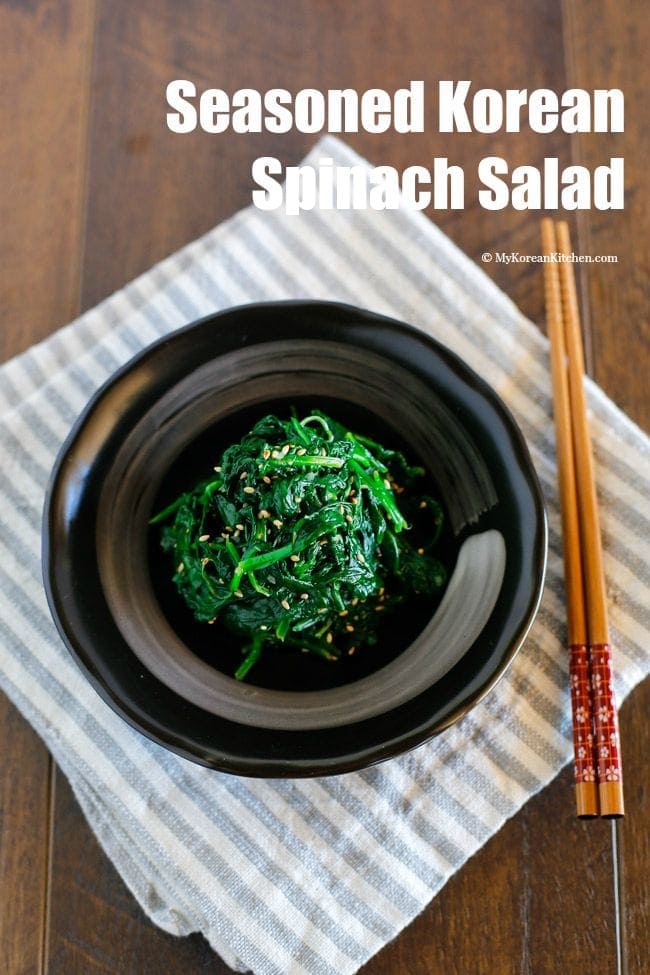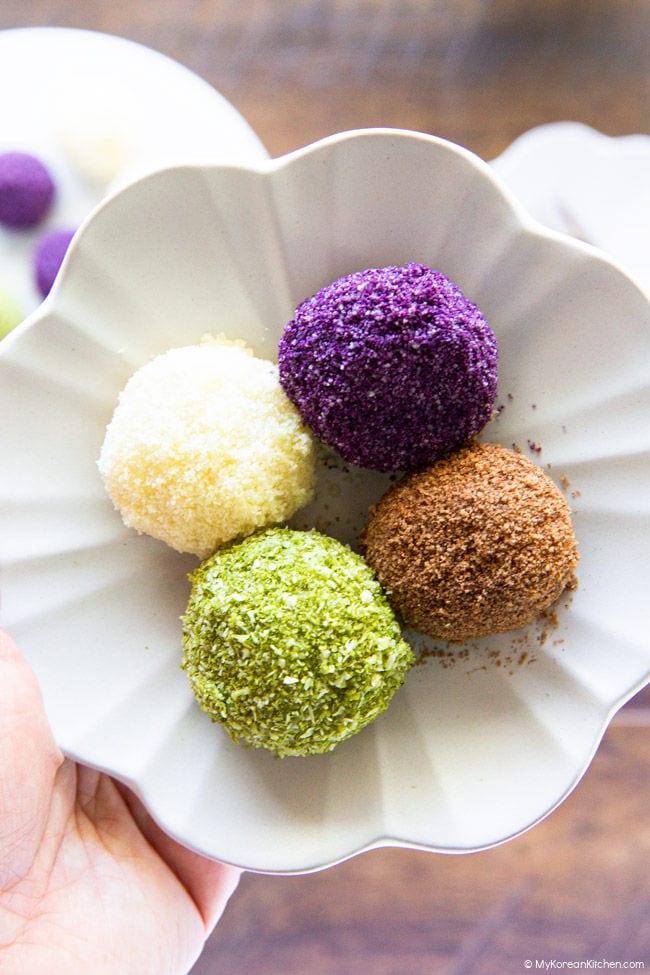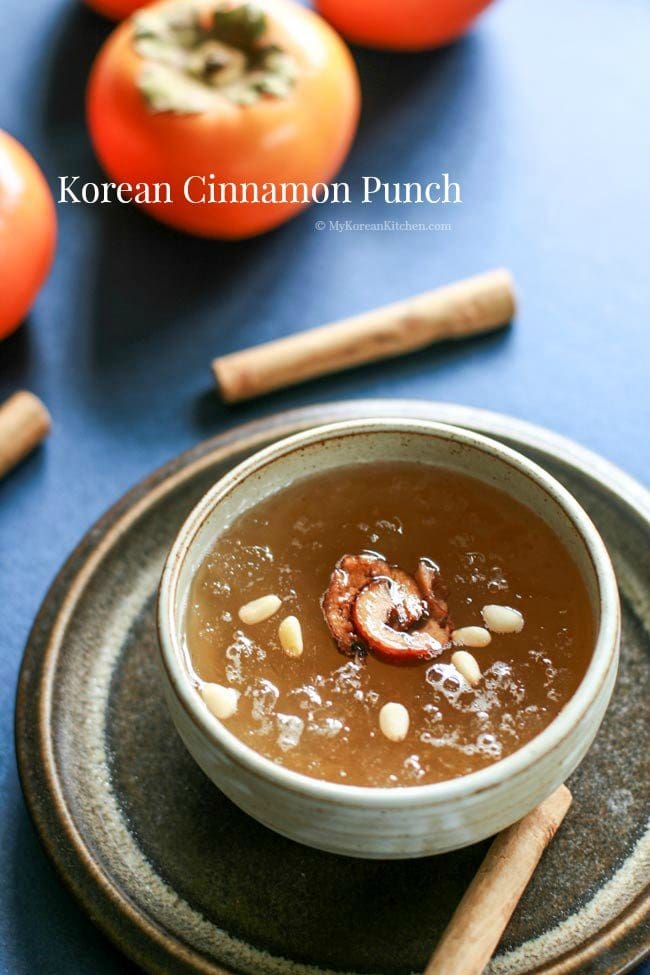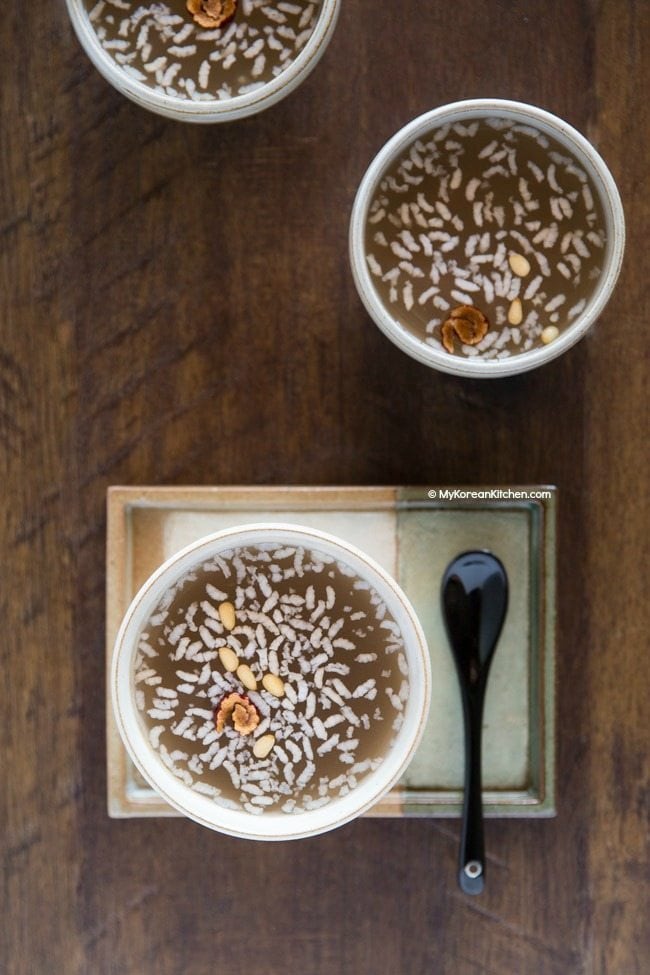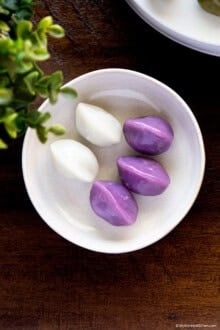Celebrate Korean New Year’s Day, Seollal, with a delicious round-up of dishes that are deeply rooted in tradition and meaning. From foods believed to bring good fortune to dishes families gather around year after year, Seollal is just as much about what you eat as how you celebrate. I have carefully selected over 15 iconic Korean New Year recipes that are loved across Korea and perfect for bringing a meaningful Korean touch to your New Year’s table.
Whether you are honoring tradition or simply curious to experience Seollal through food, these recipes will make the celebration feel truly special.

What is Seollal?
Seollal, the Korean Lunar New Year, is one of those holidays where everything centers around family, tradition, and food. It is a time to honor ancestors and gather around the table to share foods that carry wishes for health, luck, and a good year ahead. Growing up, Seollal meant dressing up, visiting relatives, and honestly, being most excited about receiving New Year’s gift money, but the food was always what brought everyone together.
Many of the dishes prepared for Seollal are deeply symbolic, with each one tied to tradition, family, and the passing down of culture through generations. That is what makes the Seollal table feel so special and why these foods are still lovingly prepared every year.
If you would like to learn more about the customs and traditions behind Seollal, I have shared a deeper guide here.
Save the date. In 2026, Seollal falls on February 17, marking the start of the Lunar New Year and a perfect time to explore these traditional dishes.
How to Say “Happy New Year” in Korean
To greet someone on Seollal, you can say Saehae Bok Mani Badeuseyo (새해 복 많이 받으세요), which means “wishing you lots of luck in the new year.” It is a phrase you will hear everywhere during the holiday, from family gatherings to friendly exchanges with neighbors.
Now, let’s explore some must-try Korean New Year dishes that are traditionally enjoyed to welcome good luck, prosperity, and plenty of smiles at the table.
List of Seollal Foods
This list starts with the most traditional Seollal dishes you should know first, then moves on to popular celebratory foods, festive jeon, everyday sides, and finally sweets and drinks.
1. Tteokguk (떡국, Korean Rice Cake Soup)
A warm, savory soup made with thinly sliced rice cakes, tteokguk is a must-eat dish on Korean New Year’s Day. Eating a bowl of tteokguk symbolizes getting a year older, welcoming good fortune, and wishing for wealth in the year ahead. The oval shape of the rice cakes resembles old Korean coins, adding a layer of symbolic meaning tied to prosperity and riches. [Get the recipe: Tteokguk]
2. Manduguk (만둣국, Korean Dumpling Soup)
A hearty alternative to classic tteokguk, this dumpling soup has long been especially popular in northern Korea. It is made with soft mandu filled with savory meat or vegetables, simmered in a comforting broth that feels deeply satisfying. My mom often makes her own version, called tteok manduguk, by adding sliced rice cakes to the soup, bringing together tender dumplings and chewy tteok in one bowl for the best of both worlds. [Get the recipe: Mandu Guk]
3. Kimchi Mandu (김치만두, Kimchi Dumplings)
Many families make their own mandu to add to the soups served during Seollal. In my family, it was always kimchi pork mandu, and that bold, slightly spicy kimchi filling paired with juicy pork has been my favorite since I was young. That zingy flavor cuts through the richness and makes these dumplings especially comforting in a bowl of hot soup. [Get the recipe: Kimchi Mandu]
4. Bulgogi (불고기, Korean BBQ Beef)
I do not know about other Korean families, but growing up, bulgogi always made an appearance on our New Year’s Day breakfast table. This iconic marinated beef dish, with its signature sweet and savory flavors, became a well-loved part of our festive meals. While bulgogi is often associated with Korean BBQ, it is incredibly versatile and works beautifully as a celebratory main dish or a generous side for special occasions like Seollal. [Get the recipe: Bulgogi]
5. Galbi Jjim (갈비찜, Korean Braised Short Ribs)
Galbi jjim is the kind of comforting, show-stopping dish everyone gathers around during a celebration. This Korean braised short rib dish is slowly braised until the meat is meltingly tender, then coated in a rich sauce that is sweet, salty, and gently nutty with hints of sesame and honey. Whether you make it the traditional way or in the Instant Pot, it is a dish that always feels special and never fails to impress. You can make galbi jjim the traditional way, or use the Instant Pot version when you want the same rich flavors with less time.
6. Tteokgalbi (떡갈비, Korean Beef Patties)
Tteokgalbi is a traditional Korean dish featuring tender beef patties marinated in a sweet and savory glaze. Loved for its juicy texture and rich flavor, it is a popular addition to festive gatherings and brings an extra sense of warmth and joy to the celebration. [Get the recipe: Tteokgalbi]
7. Japchae (잡채, Korean Glass Noodle Stir Fry)
Japchae is a traditional Korean dish made with chewy glass noodles and a colorful mix of vegetables, lightly seasoned with soy sauce and sesame oil. With its satisfying texture and balanced, savory flavor, it is a dish many families, including mine, serve during festive occasions. It is one of those timeless favorites that always feels right on the table, no matter the celebration. [Get the recipe: Japchae]
8. Sanjeok (산적, Meat and Vegetable Skewers)
Korean skewers, known as sanjeok, pair colorful vegetables with thinly sliced, marinated meat for a dish that is as eye-catching as it is satisfying. They are lightly coated in flour, dipped in egg, and pan-fried until golden, a preparation you will often see during celebratory meals. Growing up, these skewers always felt especially festive, and their customizable mix makes them a favorite at the table, with something for everyone to enjoy. [Get the recipe: Sanjeok]
9. Bindaettok (빈대떡, Mung Bean Pancake)
Bindaetteok is a traditional Korean pancake made from ground mung beans, crisp on the outside and nutty and savory on the inside. It is a dish deeply rooted in Korean food culture and is often prepared for ancestral rites and important family gatherings. Whenever it appears on the table, it carries a sense of tradition and care that makes it feel especially meaningful. [Get the recipe: Bindaetteok]
10. Hobak Jeon (호박전, Pan Fried Zucchini)
This pan-fried Korean zucchini is a simple yet flavorful side dish, cherished for its tender texture and delicate savory taste. A staple during festive seasons, it is quick and easy to prepare, making it a perfect complement to rich main courses while adding balance with its subtle charm. [Get the recipe: Hobak Jeon]
11. Kkaennip Jeon (깻잎전, Stuff Perilla Leaves)
Fragrant perilla leaves wrapped around a savory filling of meat, tofu, and vegetables, then gently pan-fried until lightly golden. Soft, juicy, and full of that unmistakable perilla aroma with a subtle sesame-like nuttiness, it is the kind of comforting side dish you will always find on holiday tables and family gatherings, and once you try it, you will understand why it is so loved. [Get the recipe: Kkaennip Jeon]
12. Pyogo Beoseot-Jeon (표고 버섯전, Stuffed Shiitake Mushrooms)
Stuffed with seasoned ground meat, these savory shiitake mushrooms offer a protein-packed take on a classic jeon recipe. They are perfectly hearty and satisfying, making them both nutritious and incredibly filling. [Get the recipe: Stuffed Shiitake Mushrooms]
13. Gematsal Jeon (게맛살전, Crab Stick Omelettes)
While there are many types of jeon, these heart-shaped crab jeons offer a playful, modern twist that instantly stands out on the table. Made with crab sticks and shaped into charming little hearts, they bring a fun, trendy flair to festive meals while still feeling right at home among more traditional dishes. It is the kind of jeon that always sparks smiles and conversation, especially during celebrations. [Get the recipe: Crab Jeon]
14. Kimchi (김치)
You cannot talk about one of the most important meals of the year without mentioning kimchi. On New Year’s Day, it is common to see several varieties on the table, from classic napa cabbage kimchi to milder options like baek kimchi (white kimchi), refreshing dongchimi (radish water kimchi), and lightly tangy nabak kimchi (spicy water kimchi).
Most of these kimchi are made in the early winter months, when cabbage and radish are at their best. By the time Seollal arrives, the flavors have had time to develop, which makes each bite taste especially fresh, balanced, and satisfying.
15. Samsaek Namul (삼색 나물)
Samsaek namul refers to a set of three different vegetable side dishes traditionally prepared for the charye table during ancestral rites.
Today, “samsaek” is often understood as dishes representing three colors, but traditionally it referred to three different types of namul, regardless of color. The most common combination includes sigeumchi namul (spinach), doraji namul (bellflower root), and gosari namul (fernbrake), though other vegetables such as bean sprouts, sautéed radish, or stir-fried shiitake mushrooms are sometimes used as substitutes depending on family tradition.
One important custom to note is that green onions and garlic are not used in namul prepared for ancestral rites, as they are believed to chase away ancestral spirits.
16. Korean Creamy Fruit Salad (과일 샐러드)
This nostalgic dish brings together fruits like apples, mandarin oranges, and persimmons with peanuts, hard-boiled quail eggs, and a creamy dressing. Both sweet and savory, it is a creative treat tied closely to my childhood memories and was once a familiar sight on festive tables, even if it is seen a little less often today. [Get the recipe: Korean Creamy Fruit Salad]
17. Yaksik (약식, Korean Sweet Rice with Dried Fruit and Nuts)
Yaksik is a sweet rice dish made with sticky rice gently sweetened with honey and mixed with chestnuts, jujubes, and pine nuts. Traditionally enjoyed on the first full moon of the lunar new year, it has long remained a festive favorite, loved for its rich flavor and celebratory feel. [Get the recipe: Yaksik]
18. Gyeongdan (경단, Korean Sweet Rice Balls)
If you love soft, chewy Korean rice cakes, gyeongdan are a New Year treat you will instantly fall for. These sweet rice balls are beautifully coated in castella crumbs, coconut, or purple sweet potato powder, making them feel festive, comforting, and special with every bite. Traditionally enjoyed during celebrations like Seollal, they are the kind of dessert that brings quiet joy to the table and always disappears quickly. [Get the recipe: Gyeongdan]
19. Sujeonggwa (수정과, Korean Cinnamon Punch)
Sujeonggwa is a popular Korean dessert drink brewed with ginger, cinnamon, and sugar, offering a gently spiced sweetness with a clean, refreshing finish. Often served at the end of festive meals, it is known to aid digestion and provide a light, palate-cleansing close to special occasions. [Get the recipe: Sujeonggwa]
20. Sikhye (식혜, Korean Sweet Rice Drink)
Sikhye is a must-have dessert drink during Korean festive holidays, loved for its gentle sweetness, nutty flavor, and subtle barley aroma. It is often served at the end of a rich holiday meal, offering a refreshing balance and helping everything feel just a little lighter. No celebration ever felt quite complete without a chilled bowl of sikhye on the table. [Get the recipe: Sikhye]
Honoring Seollal Traditions Through Food
Each of these dishes carries a story of family, tradition, and the hope for a good year ahead. Whether you choose just one recipe or decide to cook several, celebrating Seollal through Korean food is a simple way to bring warmth, meaning, and connection to the table. I hope these recipes help you welcome the New Year with comfort, joy, and plenty of delicious memories.
(This post was originally published in February 2007 and is reviewed and updated regularly to reflect current information and recipes.)
Discover More! If you enjoyed this Seollal round-up, there is so much more to explore, from everyday Korean home cooking to classic banchan and celebratory dishes shared year round. However you choose to celebrate, I hope these recipes bring comfort, joy, and a sense of togetherness to your table.
Happy cooking, and Saehae Bok Mani Badeuseyo! 🎉

